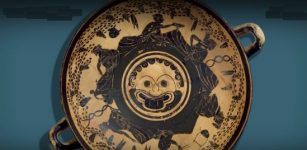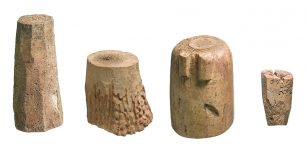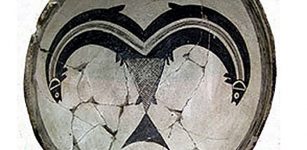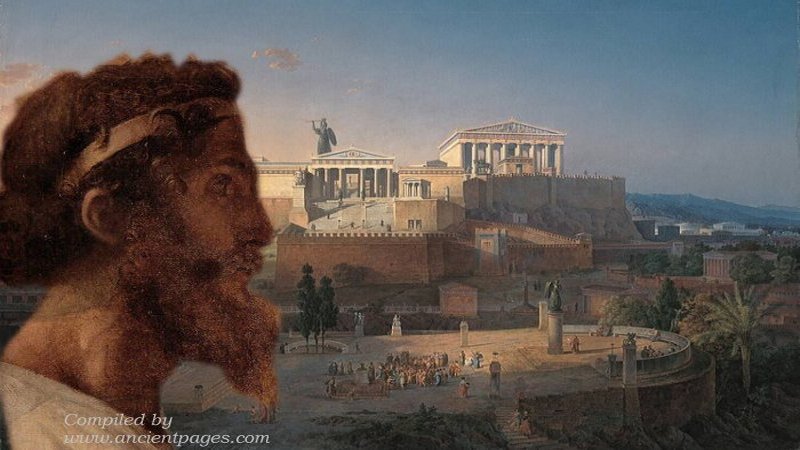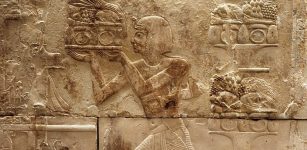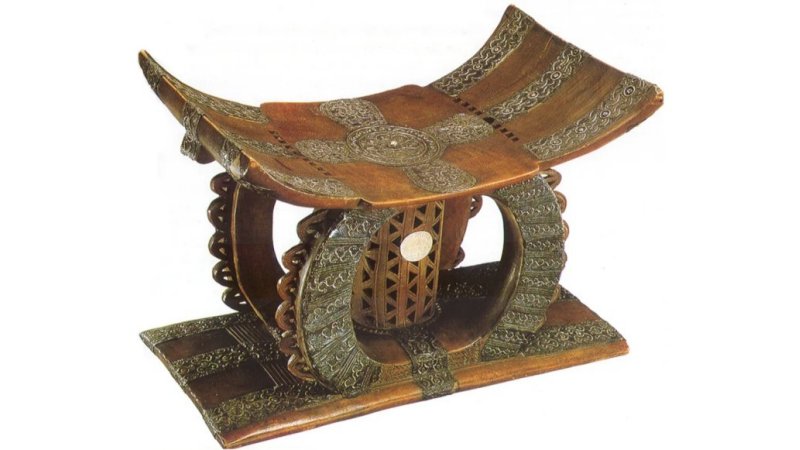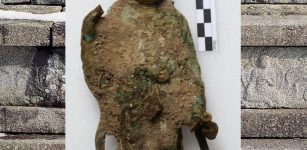Brown Hares And Chickens Were Seen As Gods Not Food In Iron Age Britain
Conny Waters – MessageToEagle.com – New research by experts from the Universities of Exeter, Leicester, and Oxford shows that brown hares and chickens were associated with gods rather than food.
It was when these animals – long linked to Easter tradition – first arrived in Britain in the Iron Age.
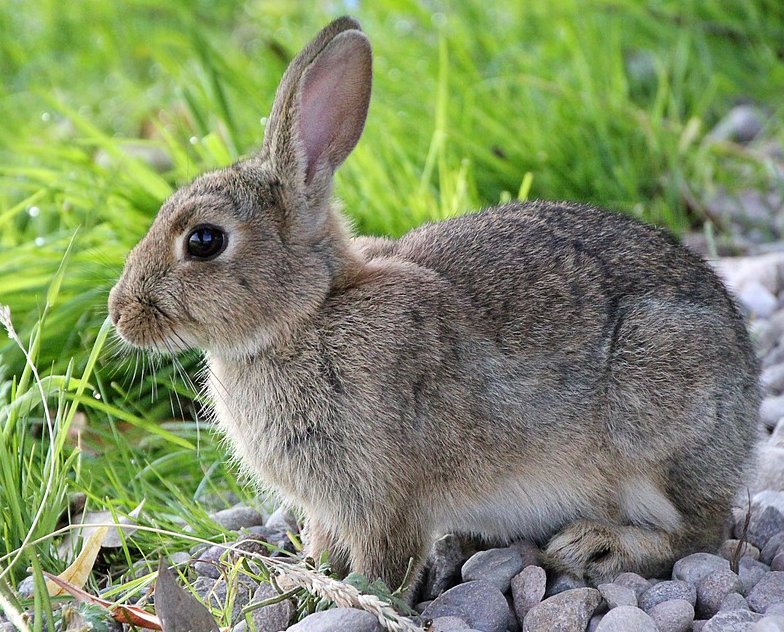
According to archaeological evidence, they were buried with care and intact. No signs of butchery on bones examined and the ongoing research suggests the two animals were not imported for people to eat.
The team has previously analyzed the earliest rabbit bone to be found in the country, which dates to the first/second century AD.
Using radiocarbon dating, researchers found that brown hares and chickens were introduced to Britain even earlier, arriving simultaneously in the Iron Age, between the fifth and the third century BC. The discovery of buried skeletons fits historical evidence that neither animal was eaten until the Roman period, which began hundreds of years later.
These new findings agree with an ancient passage written by Julius Caesar more than 2,000 years ago in his book “De Bello Gallico,” in which he says:
“The Britons consider it contrary to divine law to eat the hare, the chicken, or the goose. They raise these, however, for their own amusement and pleasure.”
The third-century AD author, Dio Cassius reported that Queen Boudicca released a live hare in order to divine the outcome of her battle with the Romans, calling upon the goddess Andraste to secure their victory.
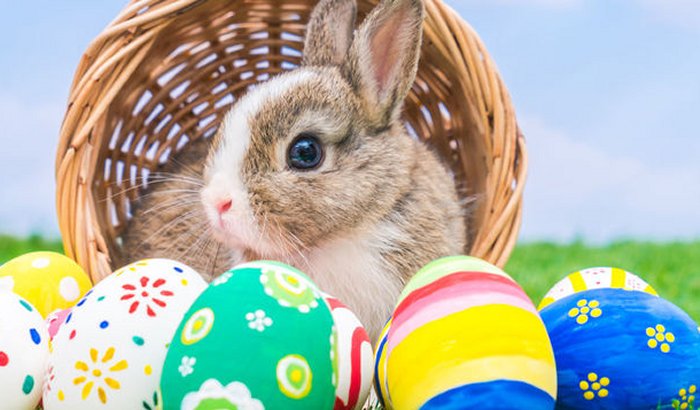
Image source – @ Jannoon028 / Freepik
During the Roman period, both species were farmed and eaten, and rabbits were also introduced. But in AD 410 the Roman Empire withdrew from Britain causing economic collapse. Rabbits became locally extinct, while populations of chickens and brown hares crashed. Due to their scarcity at this time, chickens and hares regained their special status.
“Easter is an important British festival, yet none of its iconic elements are native to Britain,” Professor Naomi Sykes, from the University of Exeter, who is leading the research, said, in a press release.
“The idea that chickens and hares initially had religious associations is not surprising as cross-cultural studies have shown that exotic things and animals are often given supernatural status.
“Historical accounts have suggested chickens and hares were too special to be eaten and were instead associated with deities – chickens with an Iron Age god akin to Roman Mercury, and hares with an unknown female hare goddess. The religious association of hares and chickens endured throughout the Roman period.
“However archaeological evidence shows that, as their populations increased, they were increasingly eaten, and hares were even farmed as livestock. Rather than being buried as individuals, hare and chicken remains were then disposed of as food waste.”
After the Romans had left Britain, people stopped hunting hares and this may explain why archaeologists have found few remains of the animal until the medieval period.
By contrast, chicken populations increased.
This is likely because, in the sixth century Saint Benedict forbade the consumption of meat from four-legged animals during fasting periods such as Lent. His rules were widely adopted in the tenth and eleventh centuries, increasing the popularity of chickens and eggs as fast-day foods.
Historical and archaeological evidence show rabbits were reintroduced to Britain as an elite food during the thirteenth century AD.
Rabbits were increasingly common in the nineteenth-century landscape, likely contributing to their replacement of the hare as the Easter Bunny when the festival’s traditions were reinvigorated during the Victorian period.
Written by Conny Waters – MessageToEagle.com – AncientPages.com Staff Writer

